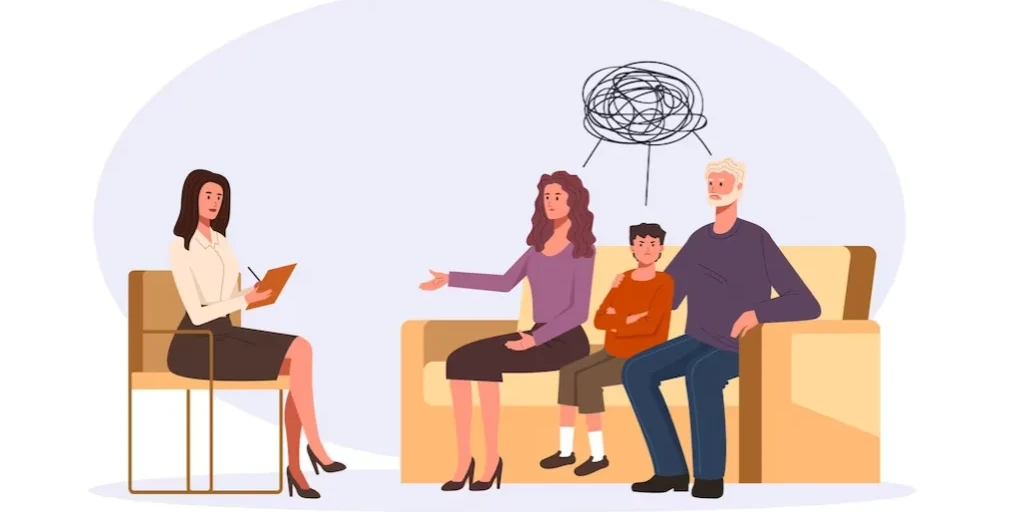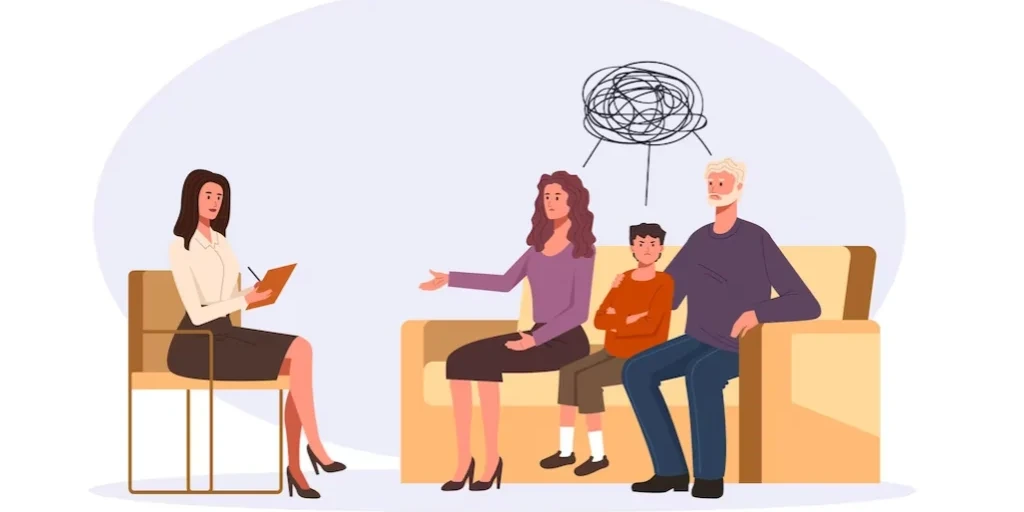24/7 Helpline:
(866) 899-221924/7 Helpline:
(866) 899-2219
Learn more about Eating Disorder Treatment centers in Carol Stream
Eating Disorder Treatment in Other Cities

Other Insurance Options

Highmark

Group Health Incorporated

Amerigroup

Covered California

Medical Mutual of Ohio

Ceridian

UnitedHealth Group

Choice Care Network

Health Partners

Carleon

Sliding scale payment assistance

Aetna

Magellan

AllWell

United Health Care

Oxford

PHCS Network

EmblemHealth

MHNNet Behavioral Health

ComPsych
Tricon Counseling Center
Tricon Counseling Center is a private rehab located in Carol Stream, Illinois. Tricon Counseling Cen...







SunCloud Health – Naperville Treatment Center
SunCloud Health – Naperville Treatment Center offers substance abuse addiction treatment programs th...

Advocate Good Samaritan Hospital – Center of Mental Health
Advocate Good Samaritan Hospital is a private rehab located in Downers Grove, IL. Advocate Good Sama...
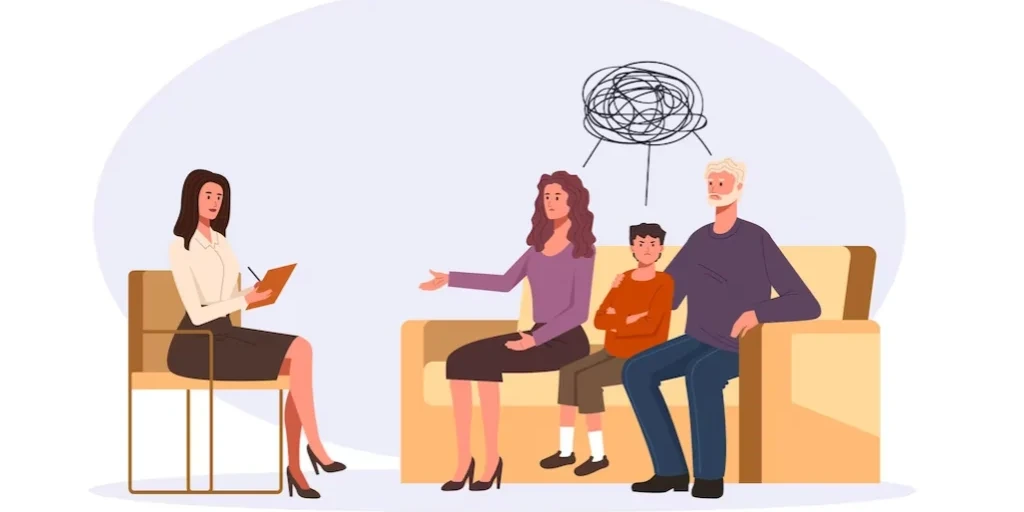
Linden Oaks Behavioral Health – Naperville Main Inpatient Campus
Linden Oaks Behavioral Health- Naperville Inpatient Campus offers behavioral and mental health rehab...
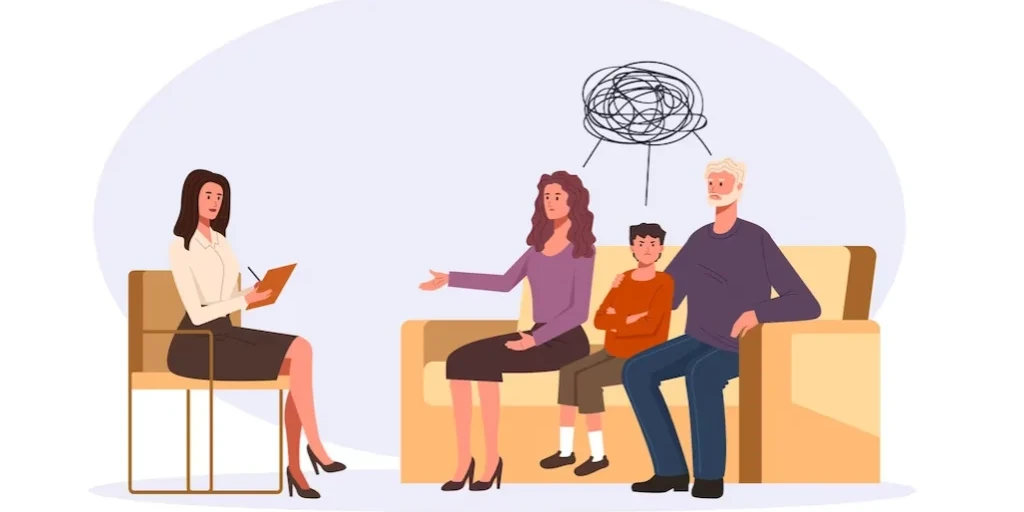
Healthcare Alternative Systems
Healthcare Alternative Systems is an outpatient facility that offers treatment for individuals with ...

Associates in Professional Counseling
Associates in Professional Counseling is an outpatient rehab located in Naperville, IL. Associates i...

Chicago Center for Recovery
Chicago Center for Recovery is a private rehab located in Naperville, Illinois. Chicago Center for R...
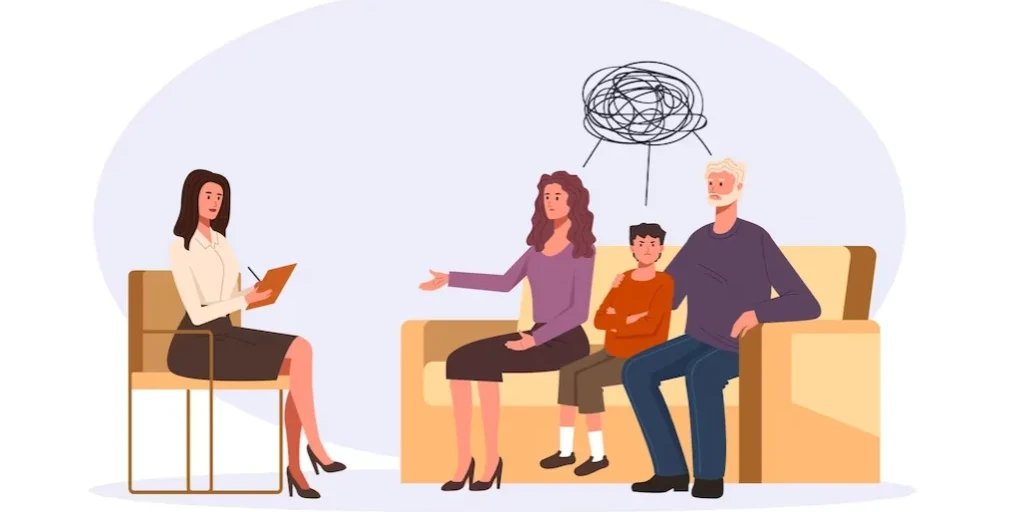
IDS Group – Substance Abuse
IDS Group – Substance Abuse is a private rehab located in Roselle, Illinois. IDS Group – Substance A...

Professional Consultations – Behavioral Health Counseling
Professional Consultations – Behavioral Health Counseling is a private rehab located in Bartlett, Il...

Adolescent Growth
Adolescent Growth provides outpatient and inpatient services for teens with mental health challenges...

Challenge Behavioral Healthcare
At Challenge Behavioral Healthcare, they are guided by the commitment to restore and re-balance the ...

Pape and Associates
Pape and Associates offers outpatient treatment for individuals with alcohol and/or substance addict...

Symetria Recovery – Naperville
Symetria Recovery specializes in opioid addiction treatment in an outpatient setting, with a program...

AMITA Health Medical Group Behavioral Health GlenOaks
Adventist Glenoaks Hospital - Behavioral Health Services provides mental health and chemical depende...

New Visions Counseling
New Visions Court Counseling is a counseling clinic located in Downers Grove, IL. New Visions Court ...

Du Page County Health Department – Psychological Services
Du Page County Health Department – Psychological Services is a public rehab located in Wheaton, Illi...

Riverwalk Counseling Center
Riverwalk Counseling Center is a private rehab located in Naperville, Illinois. Riverwalk Counseling...

Linden Oaks Behavioral Health – Naperville Outpatient Center
Linden Oaks Recovery Center Outpatient program in Naperville, Illinois, is an alcohol and drug treat...

Care Clinics
Care Clinics is a private rehab located in Naperville, Illinois. Care Clinics specializes in the tre...

Du Page Behavioral Health Services
Du Page Behavioral Health Services is a public rehab located in Wheaton, Illinois. Du Page Behaviora...

AMITA Health OPTIONS Outpatient Adolescent Program
OPTIONS Outpatient Behavioral Health - Adolescent provides mental health and chemical dependency tre...

Guiding Light Counseling
Guiding Light Counseling is a private rehab located in Woodridge, Illinois. Guiding Light Counseling...

Adult Children Center
Adult Children Center is an outpatient counseling center providing behavioral health services to ind...

Abraxas Woodridge Interventions
Woodridge Interventions offers a continuum of substance abuse treatment services including residenti...

AMITA Health Medical Group Behavioral Medicine Woodridge
AMITA Health Medical Group Behavioral Medicine Woodridge is a private rehab located in Woodridge, Il...

Shared Vision Psychological Services
Shared Vision Psychological Services is a private rehab located in Oak Brook, Illinois. Shared Visio...

AMITA Health Medical Group Behavioral Medicine Westmont
AMITA Health Medical Group Behavioral Medicine Westmont is a private rehab located in Westmont, Illi...
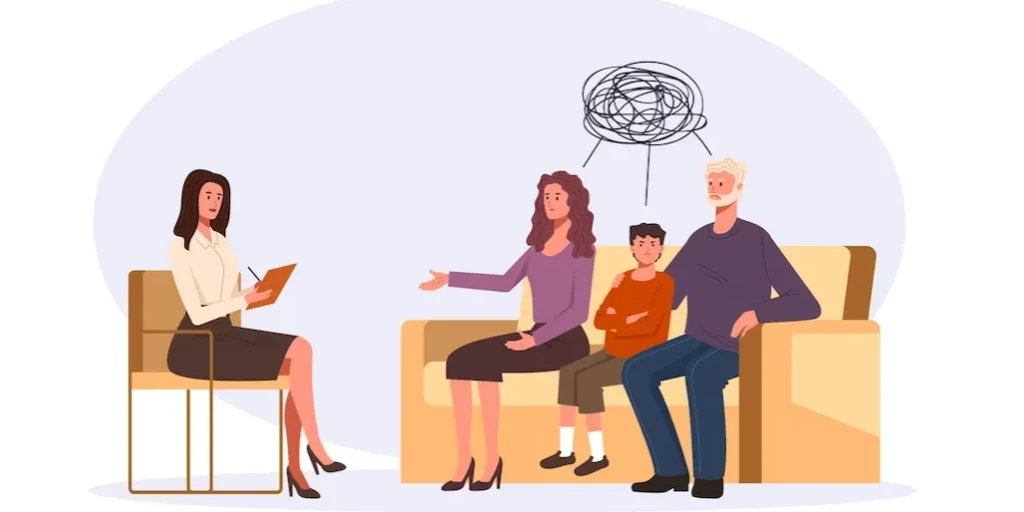
Portrait Health Centers – Counseling Center
Portrait Health Centers – Counseling Center is a private rehab located in Oak Brook, Illinois. Portr...

Abraxas Naperville Bridge School
The Naperville Bridge Day School is a non-public educational program designed to serve up to 30 yout...

HPR Treatment Centers – TMS Therapy
HPR Treatment Centers – TMS Therapy is a private rehab located in Roselle, Illinois. HPR Treatment C...

Banyan Treatment Centers – Naperville
Banyan Treatment Centers – Naperville is a private rehab located in Naperville, Illinois. Banyan Tre...

Tools for Life
Tools for Life is a private rehab located in Naperville, Illinois. Tools for Life specializes in the...

Counseling and Family Services
Counseling and Family Services is a private rehab located in Wayne, New Jersey. Counseling and Famil...

Starting Point
Starting Point is a non-profit rehab located in Westmont, New Jersey. Starting Point specializes in ...

Jewish Family Services
Jewish Family Services is a private rehab located in Wayne, New Jersey. Jewish Family Services speci...

Sakowitz Counseling
Sakowitz Counseling provides psychotherapy and psychological assessments. Sakowitz Counseling is loc...

Devereux Community Services
Devereux Community Services is a private rehab located in Wayne, Pennsylvania. Devereux Community Se...






















































CAP of Downers Grove
CAP of Downers Grove is a private rehab located in Downers Grove, Illinois. CAP of Downers Grove spe...
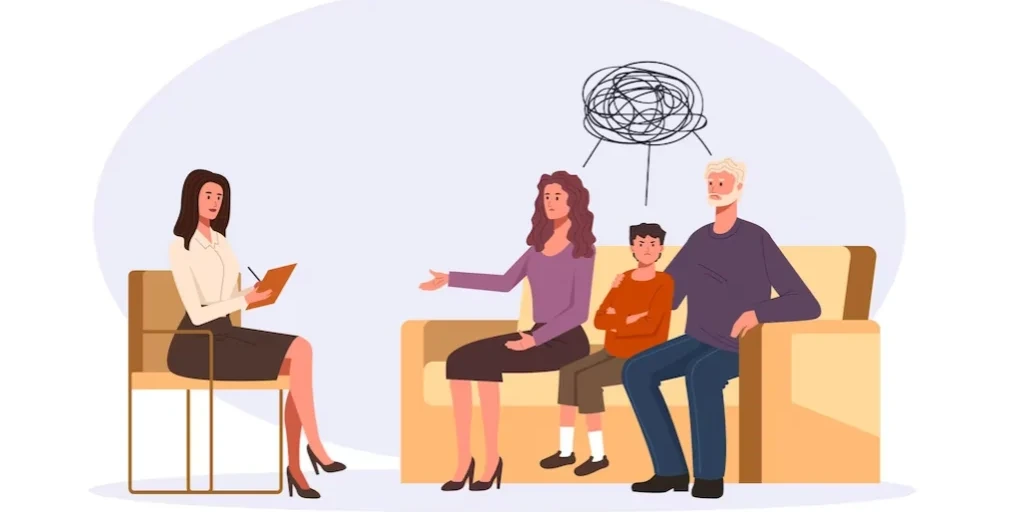
No Wait Counseling
No Wait Counseling is a private rehab located in Lombard, Illinois. No Wait Counseling specializes i...

Evangelical Child and Family Agency
Evangelical Child and Family Agency is a private rehab located in Wheaton, Illinois. Evangelical Chi...

Elmhurst Professionals Program
Elmhurst Professionals Program is a private rehab located in Elmhurst, Illinois. Elmhurst Profession...

AMITA Health Addiction Services Downers Grove
Presence Health Addiction Services provides treatment for alcoholism or addiction. Presence Health A...

AA – Alcoholics Anonymous
AA – Alcoholics Anonymous is a non-profit rehab located in Naperville, Illinois. AA – Alcoholics Ano...

Alpha Counseling Center
Alpha Counseling Center is a private rehab located in Naperville, Illinois. Alpha Counseling Center ...

National Council on Alcohol and Drug Dependence
National Council on Alcohol and Drug Dependence is a private rehab located in Westmont, Illinois. Na...

Acceptance Group of Alcoholics Anonymous
Acceptance Group of Alcoholics Anonymous (AA), located in Downers Grove, Illinois, is a drug and alc...

Du Page Mental Health Center
Du Page Mental Health Center is a public rehab located in Westmont, Illinois. Du Page Mental Health ...

Du Page Crisis Team
Du Page Crisis Team is a public rehab located in Lombard, Illinois. Du Page Crisis Team specializes ...

Associates in Alcohol and Drug
Associates in Alcohol and Drug is a private rehab located in Wheaton, Illinois. Associates in Alcoho...

MCM Substance Abuse Center
MCM Substance Abuse Center is a private rehab located in Elmhurst, Illinois. MCM Substance Abuse Cen...

Cornell Interventions DuPage
Cornell Interventions DuPage is a private rehab located in Willowbrook, Illinois. Cornell Interventi...

Behavioral Services Center
Behavioral Services Center is a private rehab located in Elmhurst, Illinois. Behavioral Services Cen...

AA – Alcoholics Anonymous
AA – Alcoholics Anonymous is a non-profit rehab located in Hinsdale, Illinois. AA – Alcoholics Anony...

Linden Oaks Medical Group – Woodridge Outpatient Services
Linden Oaks Medical Group Woodridge, located in Woodridge, Illinois, is a behavioral health facility...

Rosecrance Naperville
Rosecrance - Naperville Office is a private not-for-profit organization offering behavioral health s...

The OCD Anxiety Center
The OCD Anxiety Center is a private rehab located in Oak Brook, Illinois. The OCD Anxiety Center spe...

Vandercook Counseling
Vandercook Counseling is a private rehab located in Wheaton, Illinois. Vandercook Counseling special...

Serenity House Counseling Services – Women’s Recovery Home
Serenity House Counseling Services – Women’s Recovery Home is a non-profit rehab located in Napervil...

New Bridge Services
New Bridge Services is a private rehab located in Wayne, New Jersey. New Bridge Services specializes...

Goldberg and Associates
Goldberg and Associates is a private rehab located in Wayne, New Jersey. Goldberg and Associates spe...

Creative Living Counseling Center
Creative Living Counseling Center is a private rehab located in Wayne, New Jersey. Creative Living C...

Footprints To Recovery
Footprints to Recovery - Old Eagle School Road is a nationally based drug and alcohol treatment prov...

Prestera Center
Prestera Center is a non-profit rehab located in Wayne, West Virginia. Prestera Center specializes i...

KVC West Virginia – Wayne
KVC West Virginia – Wayne is a private rehab located in Wayne, West Virginia. KVC West Virginia – Wa...






































